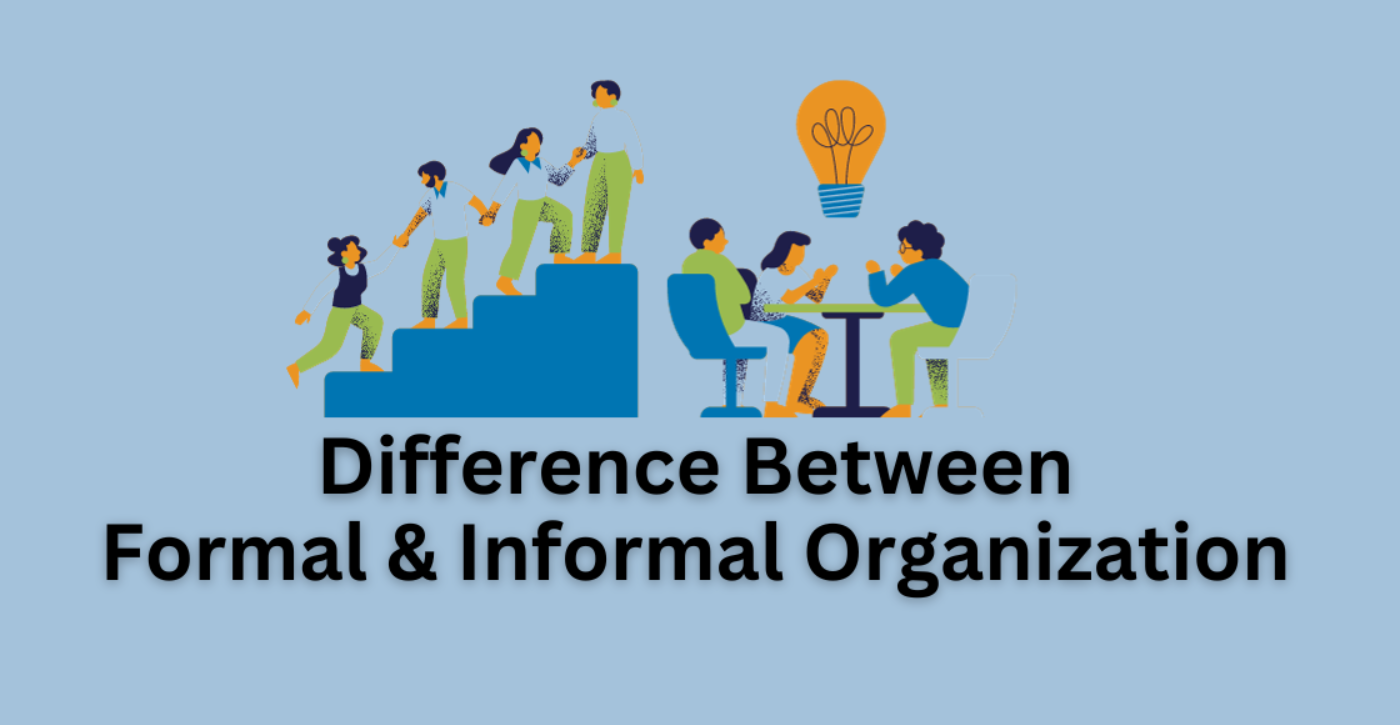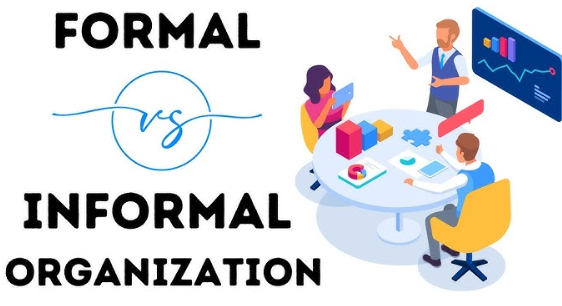Recognising the Distinction Between Official and Informal Establishments
What Formal Organisations Are
A formal organisation is a structured entity with a well-defined framework that controls its hierarchy and activities. This kind of organisation is characterised by official channels of authority and communication. These channels specify the tasks and obligations of its members. Established processes and predetermined norms govern how decisions are made and activities are completed. Such frameworks are essential for maintaining order across the organisation, ensuring efficiency, and encouraging accountability.
The Organisational Structure of Formal Organisations
The organisational structure, which typically consists of various departments and levels of management, forms the backbone of a formal organisation. This structure enables clear reporting lines and ensures that staff members understand their precise responsibilities within the broader framework of the organisation. For example, a company may have divisions such as marketing, operations, finance, and human resources. Each division is led by a manager who answers to higher management. This specialised structure not only enhances efficiency but also fosters accountability by making each individual responsible for their specific tasks.
Formal Organisations in Various Industries
Formal organisations exist in various industries. Corporations, with their strict rules and regulations, are perhaps the most well-known type of formal organisation. A similar framework governs the functioning of government bodies, with formal processes directing policy execution and the delivery of public services. Nonprofit organisations also adhere to defined procedures and a formal chain of command, although their focus is often on socially beneficial goals. The significance of formal organisations cannot be overstated, as their clear structure enables them to achieve their objectives while remaining accountable to stakeholders.
Investigating Formal Organisations
Understanding Informal Organisations
Informal organisations are unofficial and often spontaneous networks of relationships that form between people within a formal organisational structure. Unlike formal organisations, which are characterised by structured hierarchies and organised communication, informal organisations grow organically. These networks reflect the social dynamics of the workplace, shaped by colleagues’ shared experiences, interests, and personal connections.
Characteristics of Informal Organisations
A key feature of informal organisations is the unofficial social bonds that develop between members. These relationships foster a sense of community and belonging, which can positively impact the overall work environment. Informal settings often encourage open conversations, which enable the exchange of ideas, feedback, and support that may not take place in more formal settings. This open communication significantly influences group dynamics, building trust and cooperation among team members.

Communication and Leadership in Informal Organisations
In contrast to formal organisations, where communication typically follows a strict chain of command, informal organisations have more flexible and fluid communication patterns. Informal leaders often emerge within these networks, offering guidance and mentoring outside of their official roles. As employees feel more encouraged to express their unique perspectives, the dynamics within these informal networks can drive creativity and lead to innovative solutions to problems the organisation faces.
The Role of Informal Organisations in Workplace Culture
Informal organisations play a crucial role in shaping the culture of a workplace. They reflect and reinforce the values, customs, and behaviours that are common within the formal organisation. By fostering cooperation and creative thinking, informal organisations contribute to overall organisational performance, creating a more engaged and motivated workforce alongside traditional organisational structures.
Crucial Distinctions Between Official and Informal Establishments
Key Differences Between Formal and Informal Organisations
Within the field of organisational theory, formal and informal organisations are critical concepts. They both have distinct characteristics that affect how they operate and interact. The core difference between these organisations lies in their structures. Formal organisations are defined by established positions, a clear hierarchy, and systematic processes. They represent a structured environment where each member has designated duties and follows set procedures, all supporting the organisation’s larger goals. In contrast, informal organisations often transcend formal frameworks, emerging from interpersonal social relationships. These networks foster more flexible interactions, enabling the swift exchange of information and support.
Communication Styles in Formal and Informal Organisations
The communication styles in formal and informal organisations highlight another key difference. In formal organisations, communication is typically top-down and follows defined channels to ensure clarity and accountability. Meetings, formal memoranda, and reports are commonly used to convey decisions. On the other hand, informal organisations rely heavily on personal interactions. Members use informal meetings and relationships to share information openly. This method can expedite decision-making, but it carries risks since these interactions may not be documented or authorised.
Decision-Making and Organisational Culture
Formal organisations often have established norms and procedures governing their decision-making processes, leading to a more methodical approach. Informal organisations, however, tend to adopt a collaborative, consensus-driven approach, where individuals’ connections and trust within the network influence outcomes. This difference significantly impacts organisational culture. While informal organisations foster participation and morale through community and camaraderie, formal organisations may prioritise efficiency and consistency.
The Importance of Understanding Both Organisational Structures
Understanding these distinctions is vital for effective organisational management. Leaders can leverage the unique advantages of both formal and informal organisations to create a more cohesive and adaptable environment. By recognising the strengths and weaknesses of each structure, they can optimise their organisation’s performance.
The Value of Maintaining a Balance Between Formal and Informal Organisations
Improving Organisational Performance Through Balance
Striking a balance between formal and informal organisations is crucial for enhancing productivity and employee morale in any organisational structure. While informal organisations arise spontaneously through social interactions among workers, formal organisations adhere to established rules, processes, and hierarchies. Understanding how these two entities complement one another allows organisations to leverage their distinct strengths, leading to improved performance.
Encouraging Informal Communication Within Formal Structures
Encouraging informal communication within a formal structure can be highly beneficial. By promoting open discussions outside scheduled meetings, organisations create an environment where ideas flourish, and creativity is nurtured. Informal conversations often provide insights that may not emerge in more formal settings, offering leaders valuable feedback and diverse perspectives that can inform official decision-making processes.
Boosting Cooperation Through Teamwork
Encouraging teamwork in both formal and informal contexts can enhance cooperation. Trust and camaraderie are fostered when teams form connections outside their official duties. This informal relationship results in more harmonious collaboration, as individuals feel comfortable sharing ideas and supporting each other to achieve shared goals. It builds a sense of community, which increases employee satisfaction.
Fostering a Culture That Emphasises Informal Ties
Maintaining a healthy balance requires fostering a culture that values informal relationships. Leaders should recognise the importance of flexibility within the formal framework, allowing employees to cultivate relationships that can improve their working environment. Employees feel valued not only for their formal contributions but also for their personal connections, which enhances both loyalty and retention, in addition to productivity.
Strategies for Navigating Both Organisational Structures
In conclusion, a strategic approach is necessary to navigate the complexities of both formal and informal organisations. Leaders should prioritise creating an inclusive organisational culture that encourages collaboration and informal connections. By doing so, organisations can effectively capitalise on the benefits of both structures, fostering a more harmonious and productive work environment.



